|
The State of Schleswig-Holstein in Germany
|
|
Schleswig-Holstein is the northernmost state of Germany and is nicknamed “The Land Between the Seas” because of its location between the North Sea and Baltic Sea. It also borders Denmark to the north, the state of Mecklenburg-Vorpommern to the east and Hamburg and Niedersachsen (Lower Saxony) to the south. It has a special flair due to its location, its landscapes and its climate. Having northwest coastlines on the North Sea and also northeast coastlines on the Baltic Sea and many small islands as well, it is a very popular retreat for tourists wishing to go to the beach and enjoy the maritime life.
Highlights of Schleswig-Holstein
When travelling through the state, you will notice also some Scandinavian and viking influence in the architecture and in many of the town names. Major cities in Schleswig-Holstein include Kiel (which is the capitol city), the beautiful city of Lübeck (known also for its famous marzipan) and Flensburg (the coastal city and harbour just before Denmark). Castles can be found as well, for example at Glücksburg and Plön and also one can see “Moorleichen” (mummies) that were preserved during the centuries in the marshlands by Schleswig.
Unlike south Germany, the homes here are of red brick and typical are the “Reetdachhäuser” which are homes with reed covered roofs. You will see all over many black and white Holstein cows grazing in the fields and in May yellow fields of canola flowers can be seen in all directions. On the Elbe River and around the North Sea area, there are many sheep. The climate is mild, yet windy, along the coasts. Often doctors prescribe patients a small wellness trip to this area because the air has a healing effect for those with bronchial sicknesses.
If you are in Schleswig-Holstein during December, you are in for a treat. Here you will find selected Christmas Markets in Schleswig-Holstein.
|
|
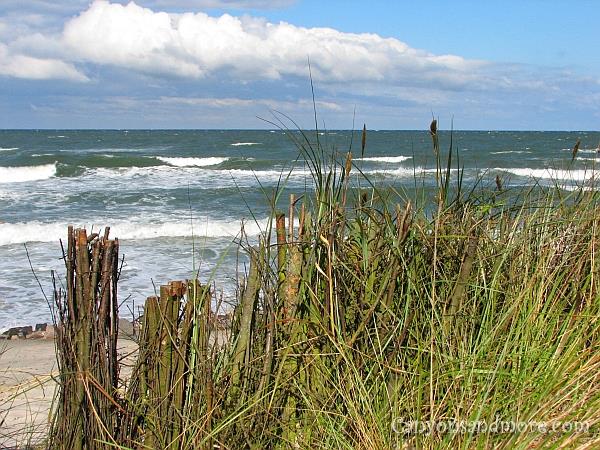
|
|
The image above shows typical Schleswig-Holstein. Nothing describes Schleswig-Holstein more than the water surrounding it. Schleswig-Holstein is a popular tourist attraction for Germans wanting to see the ocean. They can choose from the raw North Sea mainland destinations or islands or the more tame Baltic Sea area.
The climate during the summer is a little cooler than other regions of Germany due to its location at the ocean and it is often very windy. The winters tend to be a bit milder although it can also get extremely cold and snowy in this area as well. When you visit this area, you always should have an umbrella with you. The weather can change quickly. They have a saying in this area... “Es gibt kein schlechtes Wetter nur schlechte Kleidung.” It translate to, “There is no bad weather, just inappropriate clothing”. Meaning there is no bad weather, just people who do dress appropriate for it.
|
|
|
|
|
|
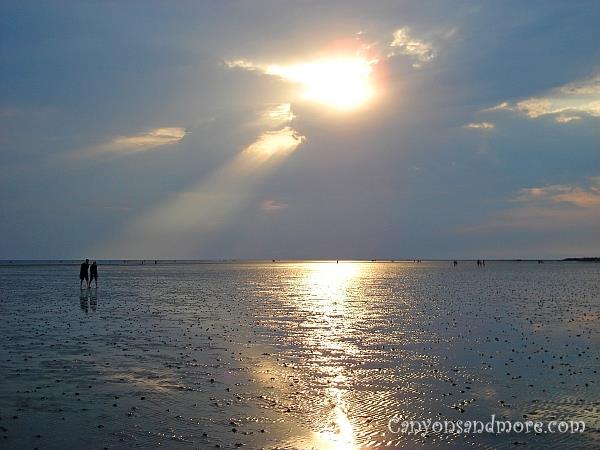
This are the Wadden Sea Mudflats near Büsum, Germany. Low tide at this North Sea coast of Germany means it is time for a “Wattenmeer Wanderung” which translates into “wadden sea stroll”. Vacationers from all over come visit the region just for that experience, as it is supposed to have a healing effect as well.
At first one thinks that the surface of the sea will be slick or slimey because of its appearance. But suprisingly it is actually only wet, yet firm and makes for an interesting feeling while walking on it. It looks especially mystical and romantic when it is dusk. If you look carefully at the ground, you will see little curly piles. This shows you that the “Wattwürmer” have been there, which are worms found in this region.
|
|
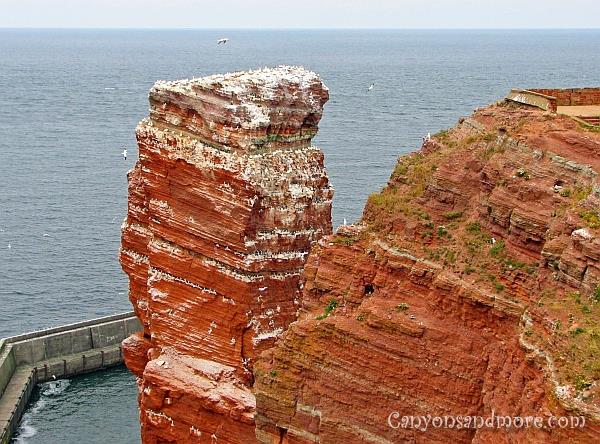
Heligoland or Helgoland in the German language, is Germany’s only high sea island. The “Lange Anna” or the Long Anna Cliff that you see in the image is the tourist highlightl of the island. Located in the North Sea about 34.5 miles or 64 km from Büsum, it is a popular tourist destination due to its custom and tax free shopping possibilities, its mild and almost pollen free climate and also for the remarkable landscape of the island.
To reach the island, you must travel by a ferry ship which requires about 2 1/4 hours from Büsum. Once you arrive, small boats arrive to bring the tourists to the island.
It is possible to see the whole island on the same day. It is not large and there is a walking path all around it. The scenery of the island is green and beautiful and you will witness how thousands of birds use the cliffs as their homes and their calls echo through the walls.
|
|
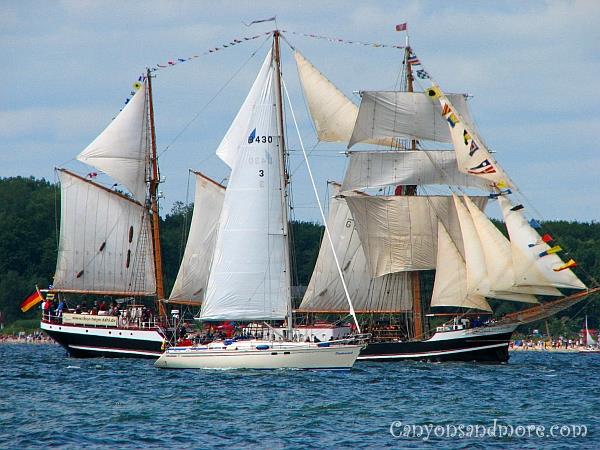
The Kiel Week Sailing Festival takes place every year in Kiel, Germany during the last full week of June. Millions of visitors come yearly to witness these festivities, the many sailing competitions and of course the famous sailing ship parade being led by the famous “Gorch Fock”.
This annual event has been celebrated since the end of the 19th century and has become the largest sailing festival in the world and the largest fair in Europe with many food and tourist booths, free open air concerts and of course plenty of activities for the kids. The fair can be found along the Kiel harbour and also in the downtown area of Kiel. On the last night of the celebration, a large and beautiful firework show closes the festivities off in style!
This picture was made in the town of Laboe. From here you can witness the “Windjammerparade” or parade of sailing ships travelling through the “Kieler Förde”, which is a water passageway from Kiel to the Baltic Sea.
|
|
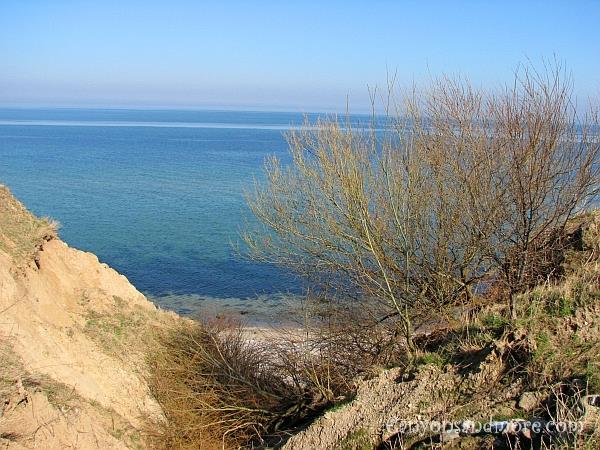
Dänisch-Nienhof is located between Kiel and Eckernförde on the coast of the Baltic Sea. It is an area to retreat, to go walking and to enjoy nature. When you arrive you will first be walking on paths through fields and as you head towards the ocean, you will find you are on a cliff. There is a trail leading you down to the coast so you can continue to enjoy your trip outdoors. The “beach” area is quite rocky and left very natural.
|
|
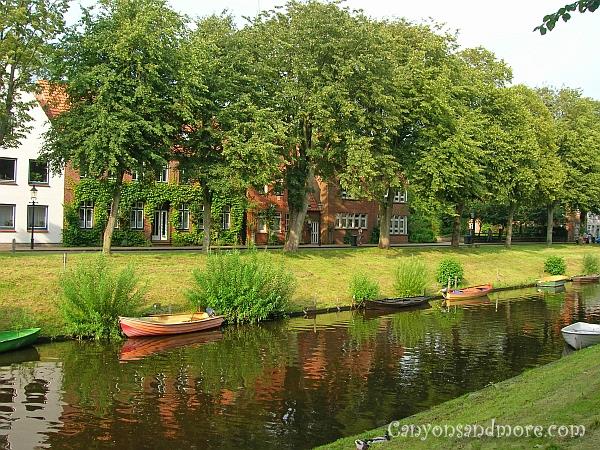
Friedrichstadt is located in “Nordfriesland” is also known as the “Holländerstädtchen” in Germany, meaning the “Dutch Town”. In historical times, Friedrich III offered a group of Dutch citzizens a safe haven to practice their religion and soon afterwards, other religious groups settled here. Friedrichstadt became known as the “Town of Tolerence”.
The Dutch influence is obvious in the style of architechture found in the buildings here and the city is surrounded by water canals, resembling those of Holland.
The town has a very quaint and romantic flair to it and the residents of Friedrichstadt put much effort in decorating the fronts of their homes with rose bushes and other flowers to add to the charm of the town. The store and house windows are low and add to the country warmth of the town.
|
|
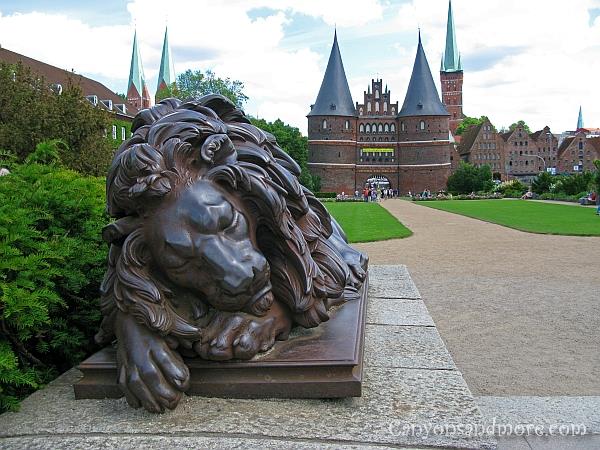
Lübeck is located in the state of Schleswig-Holstein in Germany. It is located on a penisula on the Lübeck Bay of the Baltic Sea. It’s location maded it an extremely important harbour for trade and commerce and town walls surrounded the city to protect the city. Today Lübeck is a lovely tourist attraction and is well known for its skyline of steeples, the Holsten Gate and for its marzipan. More about Lübeck
|
|
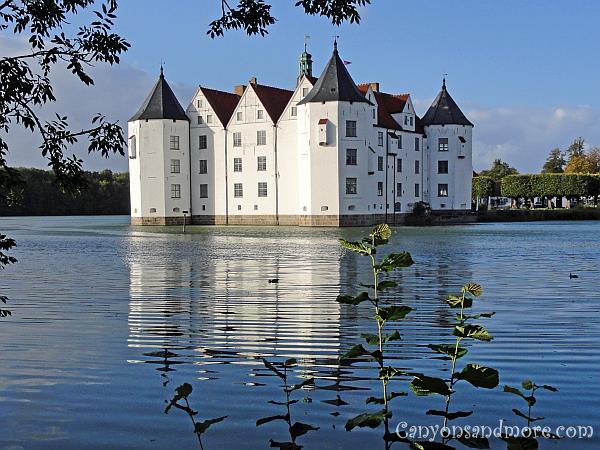
This is the beautiful Glücksburg Castle near Flensburg and it is a museum displaying historical and cultural artifacts. But this castle also has a wedding room and ballrooms as well. You can walk through the castle grounds but must pay if you wish to see the museum inside.
This castle is surrounded by three sides by water and is still being resided by the dukes of Schleswig-Holstein and occasional Danish kings.
|
|
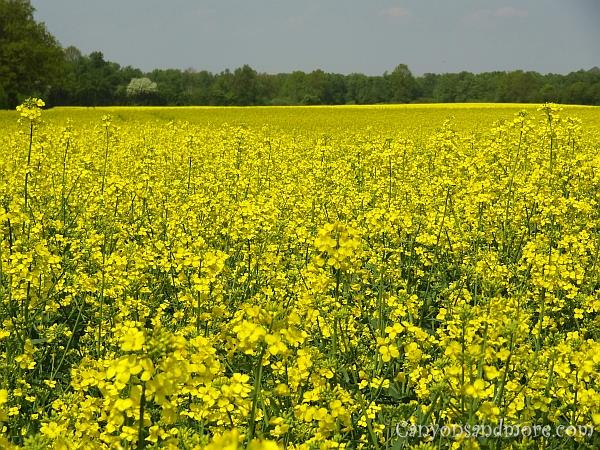
For just a few weeks, the landscape of Schleswig-Holstein is a beautiful yellow carpet of canola flowers in May. People come from all over to see this spectacle and you see it more in the northern areas of Germany rather than the southern areas. There are even helicopter tours you can take to see the beauty of the fields from above.
|
|
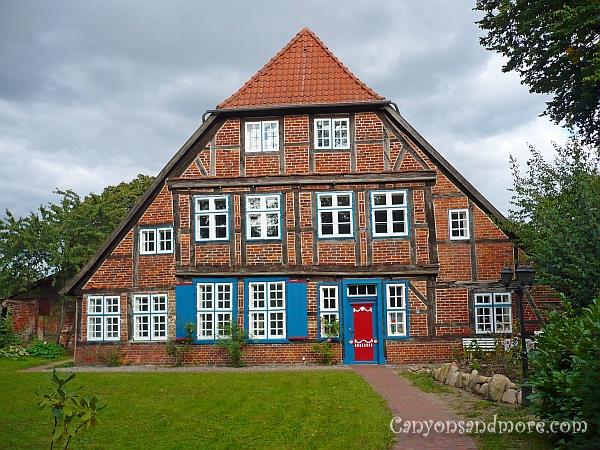
This half-timbered house is common for Schleswig-Holstein and is located in the town of Ratzeburg. Red bricks being supported with wooden beams give it a charming old world look. The imperfections make it unique and even more quaint. Also typical are the colorful blue shutters, the white windows and the stylishly painted door. Some homes of this type also have what is known as “Reetdächer” which are are straw thatched roofs.
|
|
|
|
|
|
|
|
All text and photos found on this website are our own. Please be fair and give credit where credit is due.
|